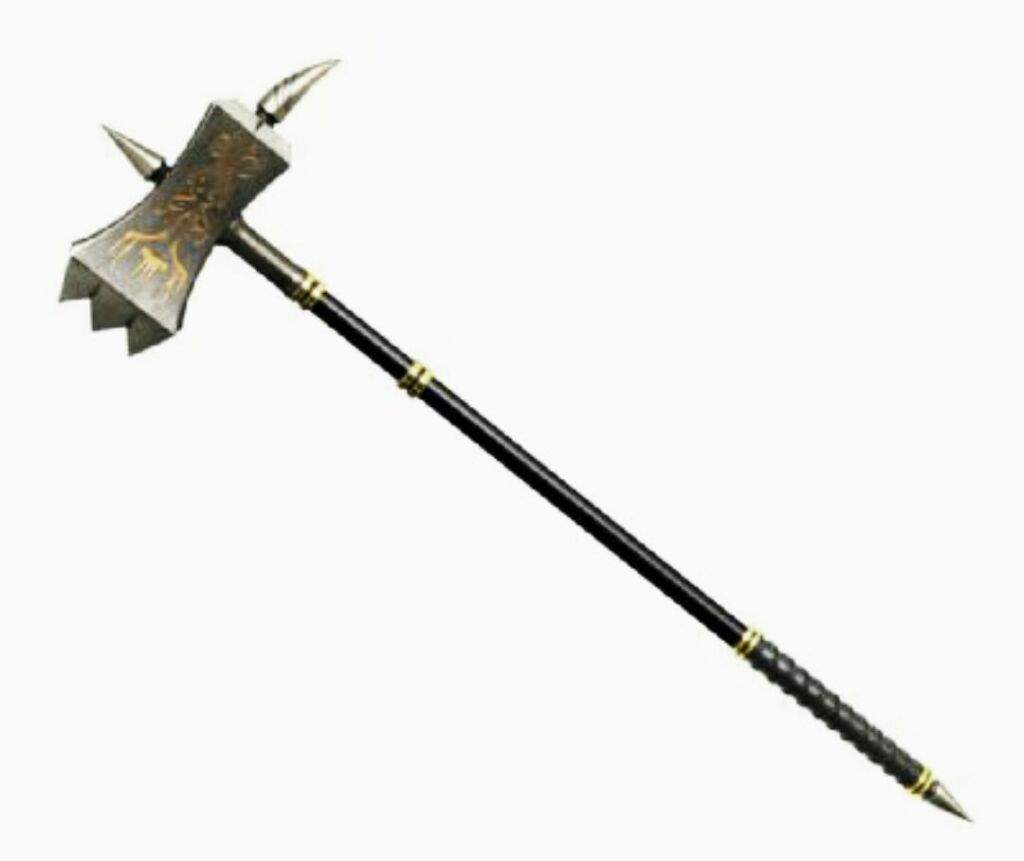Aren't longswords and greatswords just different terms for the same weapon?
The truth is born in argument

The truth is born in argument
@Scheneighnay I think the terminology is quite unclear. There are many names for swords, that slightly overlap. Just because DarkSouls calls the second biggest categorie of swords greatswords doesn't mean that it is correct IRL too.
We have: short-swords, longswords, bastard Swords, broadswords, greatswords, two-handed swords, hand-and-a-half swords. Some of those words do actually mean the same, but I'd advocate for just using sword, longsword and greatsword.
@Wonderboy looks a bit heavy, and more like a maul, which would be kind of the two-handed variant of a warhammer.
 So not everyone has to click it ;)
So not everyone has to click it ;)
Usually you'd see them with a smaller head. (And even that would still be a pretty big head)

The truth is born in argument
I see the Nerran and Hrothi using a lot of pole arm weapons rather than great weapons during war as when fighting larger foes they would be at an intrinsic disadvantage in reach without them.
Friend Code: 92BF2D
Which is a type of greatsword. But yep, the second picture aswell as some of the greatswords on the right side of the first picture have a wavy blade, and could subsequently be called a flamberge.
The truth is born in argument
Here's a wall of text in the topic of "Great Swords" from James Clark, one of the current experts in such weapons based on questions Luminios forwarded me.
Italian woodcut of soldiers decimating a pike formation.

Marxbruder Master fighting against pikeman. Christoff Rosen, 1589

Armored points to spadone from the palacio ducale



A close-up of Charles V montante.

Landesknecht armed with Schlachtschwert breaking apart a shield line, painting of the Siege of Alesia, 1533. Two bottom left, one top central, another mid right.

Fun fact I learned about Flamberge. They were originally designed by Germans and called Flammenschwert. The purpose behind the wavey bladed design was to create multiple cutting sections spaced out to make it cut and lacerate deeper than a straight edged sword. They were incredibly tedious to make, not too difficult just tedious, and because of this expansive. After some trial and error the Germans using said flammenschwert, flamberge, found that it's unique design did nothing to improve it's cutting power and worked just as well as a zweihander/greatsword of equal size and material. SO the flamberge became more of a ceremonial weapon or a fancy greatsword to be used by guards and the like, as it was expensive but pretty and usable.